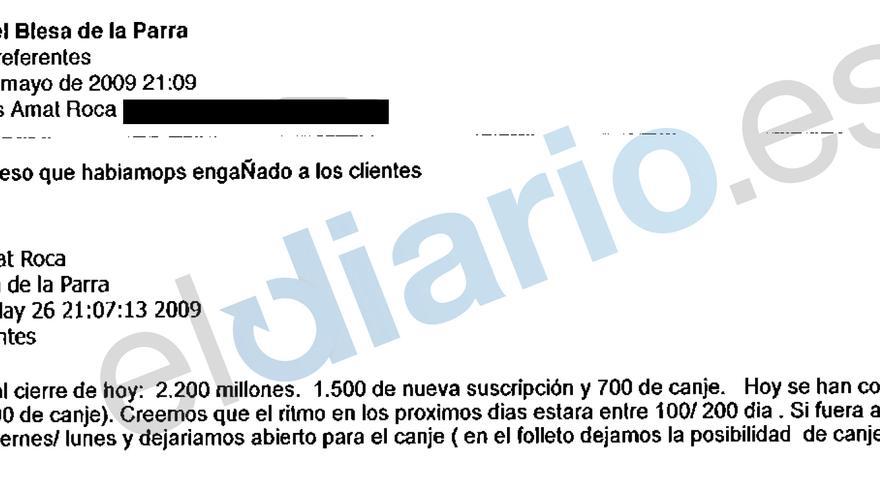El rábano negro (Raphanus sartivus) es una crucífera vegetal común a la que se le atribuye un amplio número de propiedades beneficiosas para la salud.
- La capacidad antioxidante se la proporcionan los polifenoles entre ellos la catequina cuya concentración es semejante a la que se encuentra en el té verde y negro (1) y derivados de pelargonidina con también con capacidad antioxidante (2).
- Su efecto antiinflamatorio es notable, inhibe las reacciones inflamatorias por dos caminos diferentes, uno por la IL-6 regulando el NF-kappa B y el otro por la IL-1 (3).
- Tiene un potencial importante como alimento saludable con efectos hipoglucémicos (4). La variante japonesa mejora los niveles de glucosa en sangre en ratas diabéticas. Con la ingestión de 300 mg se disminuye la concentración de glucosa en sangre un 33% (5).
- Reduce el riego de cáncer y posee propiedades que promueven la salud (6). Aun cuando es necesaria mucha más investigación en este sentido, el rábano negro tiene capacidad para inducir muerte celular (apoptosis) de células cancerígenas y puede ser un quimiopreventivo eficaz. Es una medicina en India. Las moléculas isotiocianatos y los sulforafanos son los responsables de la hapoptosis de las células cancerígenas (7).
- Capacidad antibacteriana contra patógenos resistentes a los bacilos, estafilococos, enterococos, salmonelas y coliformesi (8).
- Una de sus moléculas, una defensina, tiene capacidad antifúngica. Modifica la permeabilidad de hongos incluidas las levaduras, produciéndoles la muerte (9). En general tiene actividad contra un amplio espectro de contra hongos filamentosos (10). Probablemente por estas características es útil para el tratamiento del constipado (16).
- Tiene capacidad diurética (11) y efectos protectores en la toxicidad hepática inducida (12).
- La variante española tiene elevadas concentraciones de glicosinolatos e isotiocianatos que son promotores de salud induciendo detoxificación de enzimas (13). Protege el hígado (17).
- Puede ser un buen recurso dietético de selenio orgánico para suplementar una dieta humana (14).
- Tiene capacidad hiperlipidemica esto es, controla el exceso de ingestión de grasas en ratas (15).Curiosamente revierte la toxicidad producida en ratas por exceso de ingestión de paracetamol (18).

Referencias científicas
- Beevi, Syed Sultan; Mangamoori, Lakshmi Narasu; Gowda, Bandi Boje., 2012. Polyphenolics profile and antioxidant properties of Raphanus sativus L. Natural product research, Vol. 26(6):557-63.
- Wang, LS; Sun, XD; Cao, Y; Wang, L; Li, FJ; Wang, YF., 2010. Antioxidant and pro-oxidant properties of acylated pelargonidin derivatives extracted from red radish (Raphanus sativus var. niger, Brassicaceae). FOOD AND CHEMICAL TOXICOLOGY, Vol. 48(10):2712-2718.
- Moon, PD; Kim, HM., 2012. Anti-inflammatory effect of phenethyl isothiocyanate, an active ingredient of Raphanus sativus Linne. FOOD CHEMISTRY Vol. 131(4): 1332-1339.
- Taniguchi, H; Muroi, R; Kobayashi-Hattori, K; Uda, Y; Oishi, Y; Takita, T., 2007. Differing effects of water-soluble and fat-soluble extracts from Japanese radish (Raphanus sativus) sprouts on carbohydrate and lipid metabolism in normal and streptozotocin-induced diabetic rats. JOURNAL OF NUTRITIONAL SCIENCE AND VITAMINOLOGY, Vol. 53(3):261-266.
- Shukla, S; Chatterji, S; Mehta, S; Rai, PK; Singh, RK; Yadav, DK; Watal, G., 2011. Antidiabetic effect of Raphanus sativus root juice. PHARMACEUTICAL BIOLOGY, Vol. 49(1):32-37.
- Barillari, J., et al., 2006. Antioxidant and choleretic properties of Raphanus sativus L. sprout (Kaiware Daikon) extract. JOURNAL OF AGRICULTURAL AND FOOD CHEMISTRY, Vol. 54(26):9773-9778.
- Beevi, SS; Mangamoori, LN; Subathra, M; Edula, JR., 2010. Hexane Extract of Raphanus sativus L. Roots Inhibits Cell Proliferation and Induces Apoptosis in Human Cancer Cells by Modulating Genes Related to Apoptotic Pathway. PLANT FOODS FOR HUMAN NUTRITION, Vol. 65(3):200-209.
- Beevi, SS; Mangamoori, LN; Dhand, V; Ramakrishna, DS., 2009. Isothiocyanate Profile and Selective Antibacterial Activity of Root, Stem, and Leaf Extracts Derived fromRaphanus sativus L. FOODBORNE PATHOGENS AND DISEASE, Vol. 6(1):129-136.
- Aerts, AM; Francois, IEJA; Meert, EMK; Li, QT; Cammue, BPA; Thevissen, K., 2007. The antifungal activity of RsAFP2, a plant defensin from Raphanus sativus, involves the induction of reactive oxygen species in Candida albicans. JOURNAL OF MOLECULAR MICROBIOLOGY AND BIOTECHNOLOGY, Vol. 13(4):243-247.
- Alves, Alv; Desamblanx, Gw; Terras, Frg; Cammue, Bpa; Broekaert, Wf., 1994. Expression of functional raphanus-sativus antifungal protein in yeast. FEBS LETTERS, Vol. 348(3):228-232
- Chaturvedi, P; Machacha, CNE., 2007. Efficacy of Raphanus sativus in the treatment of paracetamol-induced hepatotoxicity in albino rats. BRITISH JOURNAL OF BIOMEDICAL SCIENCE, Vol. 64(3):105-108.
- Baek, SH; Park, M; Suh, JH; Choi, HS., 2008. Protective effects of an extract of young radish (Raphanus sativus L) cultivated with sulfur (sulfur-radish extract) and of sulforaphane on carbon tetrachloride-induced hepatotoxicity. BIOSCIENCE BIOTECHNOLOGY AND BIOCHEMISTRY, Vol. 72(5):1176-1182.
- Hanlon, PR; Webber, DM; Barnes, DM., 2007. Aqueous extract from spanish black radish (Raphanus sativus L. Var. niger) induces detoxification enzymes in the HepG2 human hepatoma cell line. JOURNAL OF AGRICULTURAL AND FOOD CHEMISTRY, Vol. 55(16): 6439-6446.
- Pedrero, Z; Madrid, Y; Camara, C., 2006. Selenium species bloaccessibility in enriched radish (Raphanus sativus): A potential dietary source of selenium. JOURNAL OF AGRICULTURAL AND FOOD CHEMISTRY, Vol. 54(6):2412-2417.
- Lugasi, A); Blazovics, A; Hagymasi, K; Kocsis I; Kery, A., 2005. Antioxidant effect of squeezed juice from black radish (Raphanus sativus L. var niger) in alimentary hyperlipidaemia in rats. PHYTOTHERAPY RESEARCH, Vol. 19(7):587-591.
- Gilani, AH; Ghayur, AN., 2004. Pharmacological basis for the gut stimulatory activity of Raphanus sativus leaves. JOURNAL OF ETHNOPHARMACOLOGY, Vol. 95(2-3):169-172.
- Jakovljevic V; Popovic M; Sabo J; et al., 1998. The juice from Raphanus sativus and Linum usitatissimus protects the liver. NAUNYN-SCHMIEDEBERGS ARCHIVES OF PHARMACOLOGY, Vol. 358(1):R499-R499, Meeting Abstract.
- Kumar, KH; Charles, M; Kumar, R; Vasanta, M., 2008. Diuretic activity of Raphanus sativus. INDIAN JOURNAL OF PHARMACOLOGY, Vol. 40:211-211.
















 El geco (Saltuarius eximius), de 20 centímetros de largo es una de las especies más extrañas que se han visto. EFE
El geco (Saltuarius eximius), de 20 centímetros de largo es una de las especies más extrañas que se han visto. EFE











%20(2).png)























